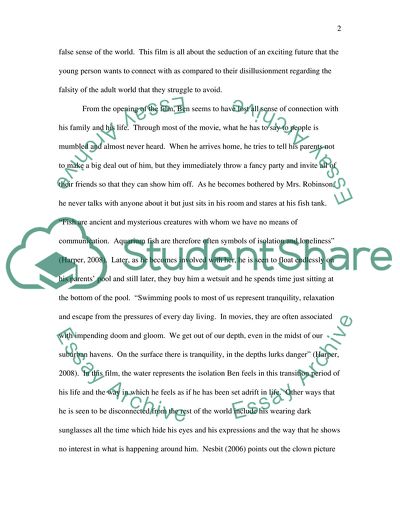Cite this document
(The World of Adults in the Movie Review Example | Topics and Well Written Essays - 2500 words, n.d.)
The World of Adults in the Movie Review Example | Topics and Well Written Essays - 2500 words. Retrieved from https://studentshare.org/sociology/1731156-film-appreciation
The World of Adults in the Movie Review Example | Topics and Well Written Essays - 2500 words. Retrieved from https://studentshare.org/sociology/1731156-film-appreciation
(The World of Adults in the Movie Review Example | Topics and Well Written Essays - 2500 Words)
The World of Adults in the Movie Review Example | Topics and Well Written Essays - 2500 Words. https://studentshare.org/sociology/1731156-film-appreciation.
The World of Adults in the Movie Review Example | Topics and Well Written Essays - 2500 Words. https://studentshare.org/sociology/1731156-film-appreciation.
“The World of Adults in the Movie Review Example | Topics and Well Written Essays - 2500 Words”. https://studentshare.org/sociology/1731156-film-appreciation.


